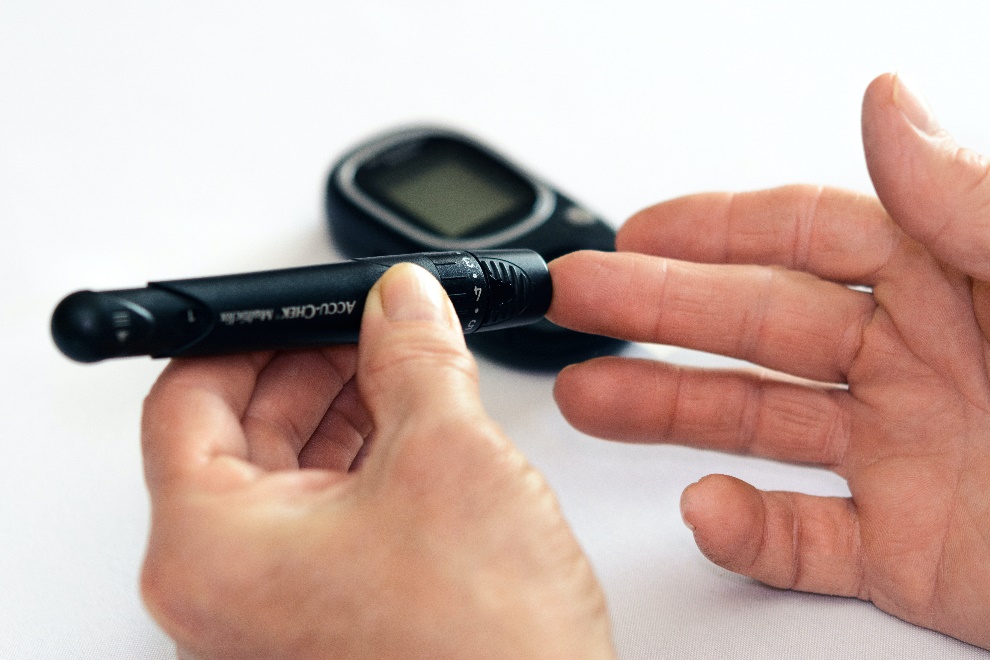Beyond the Screen: The Future of Telemedicine Innovations
In the fast-evolving landscape of healthcare, telemedicine has emerged as a transformative force, bringing medical consultations and treatment options directly to our screens. As we look ahead, it's clear that the future of telemedicine is poised for groundbreaking innovations that extend far beyond the traditional boundaries of virtual consultations.

Holistic Remote Patient Monitoring:
One of the most promising telemedicine innovations is the shift toward holistic remote patient monitoring. Beyond the routine video calls and chat consultations, healthcare providers are now exploring ways to leverage advanced technologies to monitor patients' vital signs and health metrics remotely. Wearable devices that are equipped with sensors and connected to secure platforms enable real-time tracking of patients' health data. From heart rate and blood pressure to glucose levels, these devices provide a comprehensive view of a patient's health, allowing for timely interventions and personalized care plans.
Artificial Intelligence in Diagnostics:
Artificial Intelligence (AI) is set to revolutionize the diagnostic aspect of telemedicine. Machine learning algorithms can analyze vast amounts of medical data with incredible speed and accuracy, assisting healthcare professionals in making quicker and more precise diagnoses. This innovation not only expedites the diagnostic process but also enhances the overall efficiency of healthcare delivery. The integration of AI-driven diagnostic tools into telemedicine platforms holds the potential to reduce the burden on healthcare systems and improve patient outcomes.
Virtual Reality in Therapy and Rehabilitation:
Telemedicine is no longer confined to just medical consultations; it is expanding its reach into therapy and rehabilitation through the integration of virtual reality (VR). Virtual reality therapy offers a unique and immersive approach to mental health treatment and rehabilitation exercises. Patients can engage in therapeutic activities from the comfort of their homes, fostering a more accessible and patient-centric approach to healthcare. Whether it's managing anxiety or undergoing physical rehabilitation, virtual reality is proving to be a game-changer in delivering effective and engaging remote therapies.

Blockchain for Secure Health Data Management:
The security and privacy of health data have always been critical concerns in the digital age. Telemedicine innovations are increasingly turning to blockchain technology to address these concerns and ensure the integrity and confidentiality of patient information. Blockchain provides a decentralized and tamper-proof system for managing health records, making it more resistant to cyber threats. By incorporating blockchain into telemedicine platforms, providers can enhance the trustworthiness of their services, encouraging greater patient participation in remote healthcare solutions.
Telemedicine in Rural and Underserved Areas:
Telemedicine innovations are playing a pivotal role in bridging the healthcare gap between urban and rural areas. Remote and underserved communities often face challenges in accessing quality healthcare services. Telemedicine is breaking down these barriers by bringing medical expertise to the doorstep of those who need it the most. Mobile health units equipped with telemedicine technology are reaching remote areas, providing consultations, and facilitating necessary medical interventions. This democratization of healthcare is a testament to the inclusive potential of telemedicine innovations.
Integration of Augmented Reality for Surgical Guidance:
In the realm of telemedicine, one of the most fascinating innovations is the integration of augmented reality (AR) for surgical guidance. Surgeons can now use AR headsets to visualize patient anatomy in real-time during remote surgeries. This not only enhances the precision of procedures but also allows experts from different geographical locations to collaborate seamlessly.

5G Technology for Enhanced Connectivity:
The rollout of 5G technology is set to elevate telemedicine to new heights. With its ultra-fast and reliable connectivity, 5G enables high-quality video consultations, seamless data transfer, and real-time monitoring of health metrics. This technological leap is particularly significant for rural areas and developing regions where conventional internet connectivity may be limited. The integration of 5G into telemedicine infrastructure promises to enhance the overall user experience, making remote healthcare interactions smoother and more accessible.
Predictive Analytics for Preventive Care:
Telemedicine innovations are increasingly incorporating predictive analytics to shift the focus from reactive to preventive care. By analyzing historical health data and utilizing machine learning algorithms, telemedicine platforms can predict potential health risks and recommend personalized preventive measures. T

If you want to speak to online doctor consultation & prescription, tap here and book a virtual consultation with the family care doctors online at TelMDCare today!